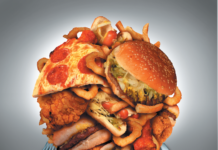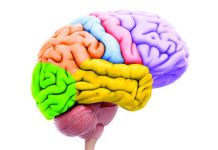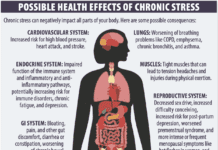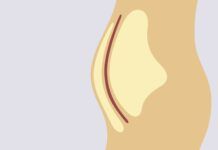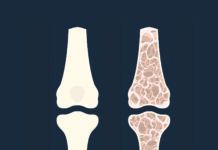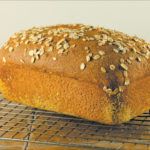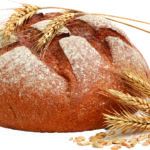Home Search
celiac - search results
If you're not happy with the results, please do another search
The Truth About the War on Wheat
If you believe the bestseller lists, the biggest bad in the supermarket aisles is not fat or sodium or sugar but wheat. Its not just the booming popularity of gluten-free products, which are important for the small percentage of people diagnosed with celiac disease but whose benefits for the general population are questionable. (For a full discussion of the pros and cons of gluten-free products, see our October 2013 Special Report.) Bestselling books have warned that wheat consumption is a key contributor to abdominal fat (wheat belly), as well as triggering diseases ranging from diabetes to autism, and that eating wheat is linked to Alzheimers, depression, headaches, epilepsy and ADHD.
Eat Right for Strong Bones That Will Last a Lifetime
Are you feeding your bones a healthy diet? If not, the consequences could be serious. According to the National Osteoporosis Foundation (NOF), some 10 million Americans suffer from osteoporosis, which makes bones less dense and more susceptible to fractures. Another 34 million people are at risk for the condition. Osteoporosis will cause about half of all women over 50 to break a bone at some point in their lifetime, the NOF estimates. One-third of those who suffer hip fractures will require nursing-home care, and one-fifth will die in the first year after the fracture.
Q: I keep seeing new products labeled “gluten-free.” I understand this is important for...
Answer : Robert M. Russell, MD, emeritus professor at the Friedman School, replies, "The answer is no."
Time for a Reality Check on Going Gluten-Free
Unless you have celiac disease, avoiding gluten might actually make you less healthy by missing out on important nutrients.
Sorghum Confirmed Gluten-Free
People with celiac disease look-ing for gluten-free options
FDA Seeks to Define Gluten-Free
Products claiming to be gluten-free are popping up on grocery shelves everywhere, and now the FDA wants to finalize
The Whole Truth About Whole-Grain Pasta Use your noodle to find tasty pasta made...
Americans eat some 20 pounds of pasta per person every year, but until recently it was almost all made from wheat with most of the nutritional value stripped away. Indeed, for people watching their carbohydrates- such as those with diabetes or at risk for it-a plate of pasta was a temptation to be avoided.
Q: Is buckwheat a grain or is it actually a seed? I have it...
Answer : According to the Whole Grains Council www.wholegrainscouncil.org, buckwheat is neither a grain nor, despite its name, a relative of wheat...
Do You Need More Vitamin B12?
If youre 50 or older, Uncle Sam says yes. Heres why and how best to get it. When the latest federal Dietary Guidelines for Americans were released earlier this year with the recommendation that people age 50 and older should get extra vitamin B12 through fortified foods or supplements, one expert commented, Its not very difficult to anticipate the sudden spate of fortified with vitamin B12 as recommended in the 2010 Dietary Guidelines messaging that will populate the fronts of boxes and bags. Before the hype hits the grocery stores
Whole-Grains Boosters Are Keen on Quinoa
When it comes to whole grains, were only about 5,000 years behind the Incas. Those ancient people of the Andes were the first to cultivate quinoa (KEEN-wah), which they called chisaya mama, the mother of all grains. Today, quinoa has been designated a super crop by the United Nations for its potential to feed the worlds hungry and studied by NASA as an ideal food for long-duration space flights. In a 2010 Whats Hot survey of American chefs, the National Restaurant Association named quinoa as the hottest trend in side dishes.

